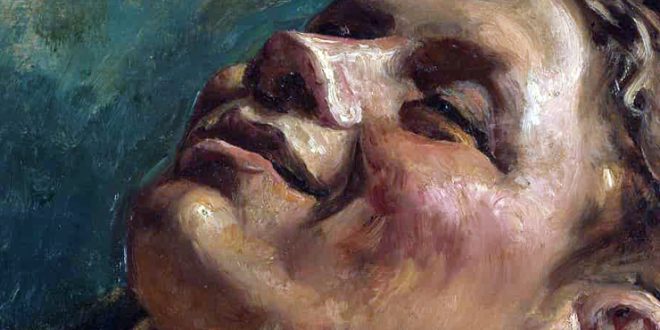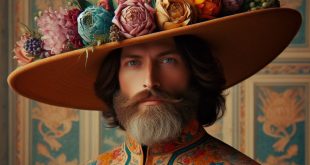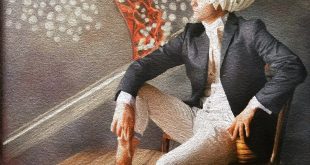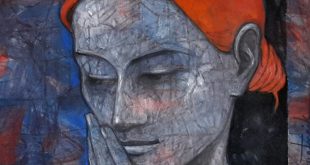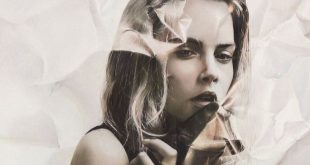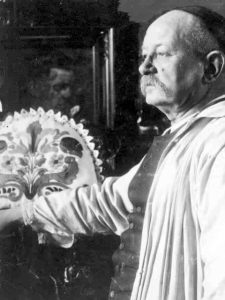 A significant painter in 19th century Scandinavian art
A significant painter in 19th century Scandinavian art
In opposition to the traditional style of the Royal Danish Academy of Fine Arts, like teacher at Kunstnernes Studieskoler, his department was well know for the impact he has had on many Scandinavian artists through his years of teaching. Around 1900, as a character, he cannot be separate from his art and his dreams. In an era shaken by the Scandinavian debate on sexual morality, he was seculated about his possible homosexuality. In fact, Kristian Zahrtmann https://www.artrenewal.org/artists/kristian-zahrtmann/6833 also created many paintings featuring male nudes that were classifie to such a degree that some museums refused to purchase them. A drop of white paint in the center of a flower arrangement indicated some sort of reflection to him.
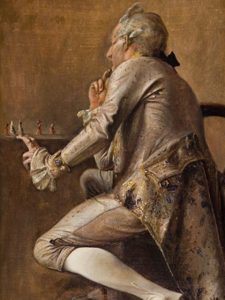
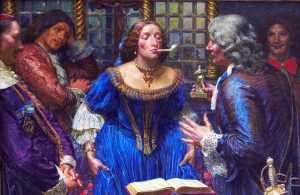 As an artist, although strange, peculiar and sometimes bizarre, he helped to give psychological depth to historical painting. Among his pupils you can find also future Modernists, such as Edward Weie and Harald Giersing. In the last years of his life, he made portraits, self-portraits and paintings of male nudes. The Danish painter Kristian Zahrtmann https://www.civitadantino.com/kristian-zahrtmann-e-la-scuola-di-civita-dantino/ was born in Rønne in 1843 studied at the Academy of Fine Arts in Copenhagen and oriented his creative flair to naturalism and realism. He promoted the School of Studies for Artists and became its teacher. He influenced the development of Danish art by his use of color. As an artist, he painted pictures that today look quite strange. In his later paintings, he merged his person, his work and his home into an identical creative dimension.
As an artist, although strange, peculiar and sometimes bizarre, he helped to give psychological depth to historical painting. Among his pupils you can find also future Modernists, such as Edward Weie and Harald Giersing. In the last years of his life, he made portraits, self-portraits and paintings of male nudes. The Danish painter Kristian Zahrtmann https://www.civitadantino.com/kristian-zahrtmann-e-la-scuola-di-civita-dantino/ was born in Rønne in 1843 studied at the Academy of Fine Arts in Copenhagen and oriented his creative flair to naturalism and realism. He promoted the School of Studies for Artists and became its teacher. He influenced the development of Danish art by his use of color. As an artist, he painted pictures that today look quite strange. In his later paintings, he merged his person, his work and his home into an identical creative dimension.
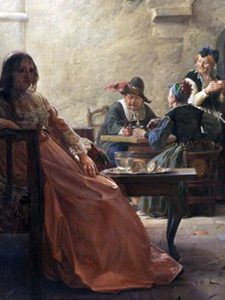
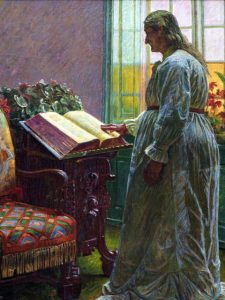 Newspapers and magazines of 1913 supported his creation of a permanent exhibition society that was instrumental in the emergence of a number of new Danish art movements. Known for his historical paintings of Danish history, however, he also made landscapes, folk scenes and portraits. For over twenty years, Kristian Zahrtmann http://www.artnet.com/artists/ph-kristian-zahrtmann/ spent every summer in the Italian town of Civita d’Antino, where he created a summer school for Danish painters. In the wake of the Grand Tour, he too embarked on a trip to Italy, returning several times with friends, because he was fascinated by the way of life, the sun and the bright colors of a small Abruzzo town that he considered as his second home, living there as a guest from Cerroni family.
Newspapers and magazines of 1913 supported his creation of a permanent exhibition society that was instrumental in the emergence of a number of new Danish art movements. Known for his historical paintings of Danish history, however, he also made landscapes, folk scenes and portraits. For over twenty years, Kristian Zahrtmann http://www.artnet.com/artists/ph-kristian-zahrtmann/ spent every summer in the Italian town of Civita d’Antino, where he created a summer school for Danish painters. In the wake of the Grand Tour, he too embarked on a trip to Italy, returning several times with friends, because he was fascinated by the way of life, the sun and the bright colors of a small Abruzzo town that he considered as his second home, living there as a guest from Cerroni family.
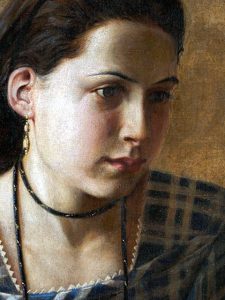
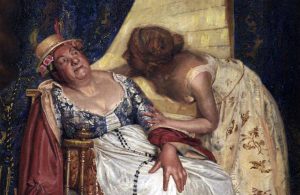 In 1869 Kristian Zahrtmann https://artsandculture.google.com/entity/kristian-zahrtmann/m088cc1?categoryid=artist exhibited for the first time at Charlottenborg Palace, he became friends with the painters Otto Haslund and Pietro Købke Krohn, sharing their studies and ideas. He was interested in the story of Countess Leonora Cristina, born from a morganatic marriage of her father, who fell from grace and was imprison in the Blue Tower of Copenhagen Castle. Both as a person and as a subject, a woman became a turning point in the life and artistic career of this painter, offering him the opportunity to portray the psychological dramas that took place at the royal court of Leonora Christina’s time. In 1912, he bought a piece of land in Frederiksberg and built a house there, which he gave the name “Casa d’Antino”. Five years later, he was hospitalize for appendicitis, and he died of it. He was burie in Copenhagen’s Vestre Kirkegård.
In 1869 Kristian Zahrtmann https://artsandculture.google.com/entity/kristian-zahrtmann/m088cc1?categoryid=artist exhibited for the first time at Charlottenborg Palace, he became friends with the painters Otto Haslund and Pietro Købke Krohn, sharing their studies and ideas. He was interested in the story of Countess Leonora Cristina, born from a morganatic marriage of her father, who fell from grace and was imprison in the Blue Tower of Copenhagen Castle. Both as a person and as a subject, a woman became a turning point in the life and artistic career of this painter, offering him the opportunity to portray the psychological dramas that took place at the royal court of Leonora Christina’s time. In 1912, he bought a piece of land in Frederiksberg and built a house there, which he gave the name “Casa d’Antino”. Five years later, he was hospitalize for appendicitis, and he died of it. He was burie in Copenhagen’s Vestre Kirkegård.
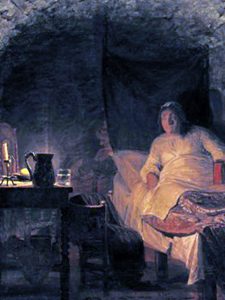
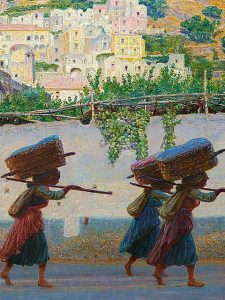
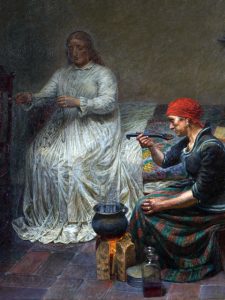 To broaden your horizon of knowledge about other painters, you can type http://meetingbenches.com/category/paintings/. The sole purpose of this site is to spread the knowledge of these artists and that other people enjoy their works. The property of the images that appear in this blog correspond to their authors.
To broaden your horizon of knowledge about other painters, you can type http://meetingbenches.com/category/paintings/. The sole purpose of this site is to spread the knowledge of these artists and that other people enjoy their works. The property of the images that appear in this blog correspond to their authors.
 Meeting Benches World art in all forms
Meeting Benches World art in all forms
